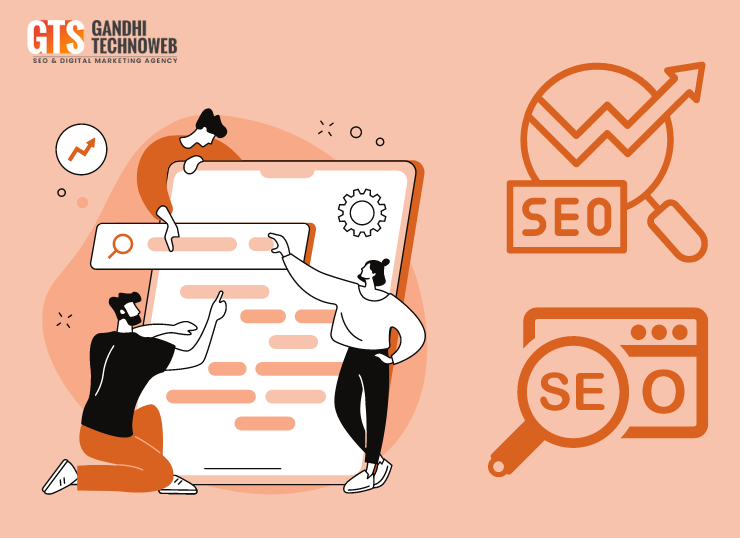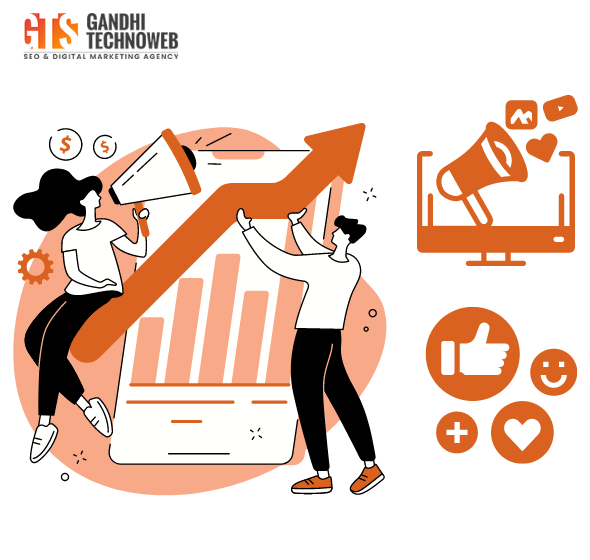Demystifying Google’s Core Web Vitals: Boosting SEO with Page Experience Optimization
In the ever-evolving landscape of digital marketing, staying ahead of the curve is crucial for maintaining a competitive edge. One of the latest trends to shape the online experience is Google’s Core Web Vitals, a set of user-centric metrics that measure the performance and overall user experience of a website. As Google continues to prioritize user satisfaction, understanding and optimizing for Core Web Vitals has become paramount for boosting SEO and ensuring a positive page experience.
Google’s Core Web Vitals consist of three key metrics:
1. Largest Contentful Paint (LCP): This metric measures the time it takes for the main content of a webpage to load. Google recommends that LCP should occur within the first 2.5 seconds of the page starting to load. A slow LCP can lead to user frustration and higher bounce rates.
2. First Input Delay (FID): FID assesses the responsiveness of a webpage by measuring the time it takes for a user to interact with the page, such as clicking a button or filling out a form. A good FID score is less than 100 milliseconds, ensuring a smooth and interactive user experience.
3. Cumulative Layout Shift (CLS): CLS gauges the visual stability of a webpage, evaluating the extent to which elements shift around during loading. A low CLS score (ideally under 0.1) indicates a stable and user-friendly layout, preventing unexpected shifts that may disrupt the user experience.

Struggling to Convert Visitors? How Can Our Agency Boost Your Conversion Rates?
Transform your website into a conversion powerhouse with our tailored Conversion Optimization solutions.
Understanding the Impact on SEO:
Google has always prioritized providing users with the best possible experience, and with the introduction of Core Web Vitals, these metrics have become essential factors in determining a website’s search engine ranking. Google officially incorporated Core Web Vitals into its ranking algorithm in June 2021, signaling the significance of page experience in SEO.
Improved user experience not only satisfies visitors but also aligns with Google’s goal of delivering relevant and high-quality content. As a result, websites that prioritize Core Web Vitals are likely to see improved search rankings and increased visibility.
Core Web Vitals Metrics (UXometer):
|
Good |
Needs Improvement |
Poor |
|
|
Largest Contentful Paint (LCP) |
0 to 2.5 sec |
2.5 to 4 sec |
>4 sec |
|
First Input Delay (FID) |
0 to 100 ms |
101 to 300 ms |
>300 ms |
|
Cumulative Layout Shift (CLS) |
0 to .1 |
.1 to .25 |
>.25 |
Optimizing for Core Web Vitals:
Now that we understand the importance of Core Web Vitals, let’s delve into practical steps to optimize your website for these metrics:
1. Optimize Images and Videos: Large media files are a common culprit for slow loading times. Compressing images and videos can significantly reduce page load times and improve LCP.
2. Minimize Server Response Time: A fast server response time is crucial for a swift FID. Optimize server-side performance by leveraging content delivery networks (CDNs) and ensuring efficient coding practices.
3. Prioritize Critical Rendering Path: Streamline the rendering process by prioritizing the loading of critical resources. This can be achieved by optimizing CSS and JavaScript, utilizing async and defer attributes, and minimizing unnecessary third-party scripts.
4. Implement Lazy Loading: Load images and other non-essential elements only when they come into the user’s viewport. This can prevent unnecessary resource loading and improve both LCP and CLS.
5. Optimize Browser Caching: Utilize browser caching to store static resources locally, reducing the need to download them with each visit. This can significantly enhance page load times and overall user experience.
6. Eliminate Render-Blocking Resources: Identify and minimize render-blocking resources that may delay page rendering. This can include JavaScript and CSS files that hinder the loading of critical content.
7. Monitor and Address Layout Shifts: Regularly inspect your website for unexpected layout shifts and take corrective measures. This may involve specifying dimensions for images and videos or using placeholder elements to prevent sudden visual changes.
Testing and Measuring Success :
Regularly testing your website’s Core Web Vitals is essential for monitoring performance and identifying areas for improvement. Google provides tools like PageSpeed Insights and Google Search Console to assess your site’s performance and receive actionable recommendations.
Additionally, consider leveraging third-party tools like Lighthouse, GTmetrix, or WebPageTest for in-depth analysis and insights into your website’s Core Web Vitals. These tools not only highlight areas of concern but also provide recommendations to enhance your site’s overall performance.

Not Getting the Results You Want? Is Our Agency the Solution to Your Conversion Challenges?
Ready to turn clicks into customers? Our Conversion Optimization experts specialize in fine-tuning every aspect of your digital strategy to maximize conversions.
Conclusion:
Demystifying Google’s Core Web Vitals is a crucial step for any website looking to thrive in the competitive online landscape. Prioritizing user experience not only satisfies visitors but also aligns with Google’s ranking algorithm, leading to improved SEO and increased visibility. By optimizing for Largest Contentful Paint, First Input Delay, and Cumulative Layout Shift, website owners can ensure a seamless and enjoyable user experience. Implementing best practices such as optimizing images, minimizing server response time, and addressing render-blocking resources will contribute to a positive page experience and, ultimately, improved search rankings. As the digital landscape continues to evolve, staying proactive in optimizing for Core Web Vitals will not only boost your website’s SEO but also foster long-term success in an increasingly user-centric online environment.
Gandhi Technoweb Solutions is a leading SEO Company in India offering all kinds of SEO Services at affordable prices. We are also a digital marketing agency offering inbound marketing solutions like Social Media Marketing, PPC & Affiliate Marketing to take your business to the next level. For further information, please contact us today.
Want To Grow Your Business Online Visit the #1 SEO Company in Ahmedabad. Request a FREE Quote Now.









